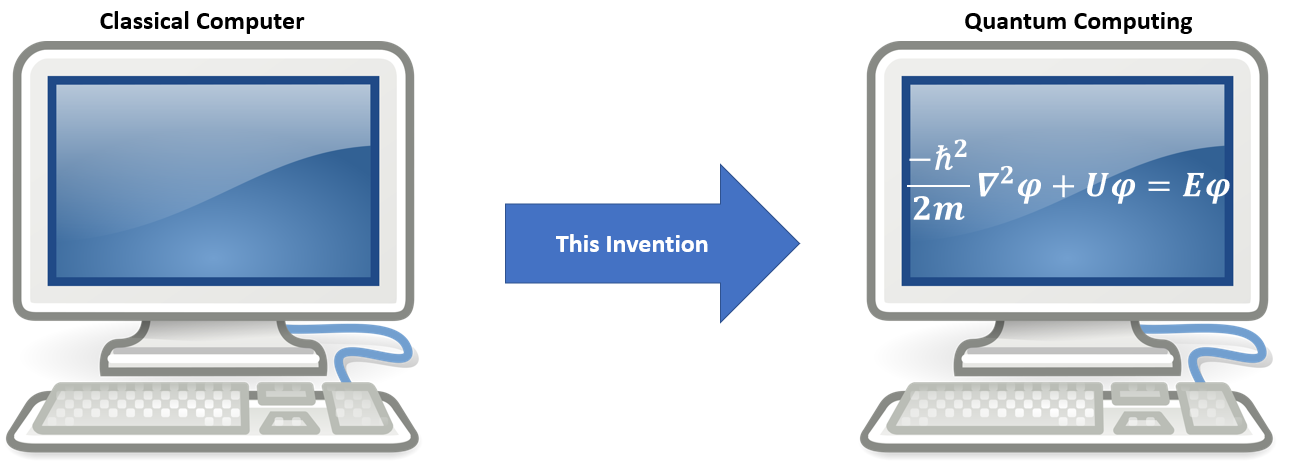Background
There are some numerical problems that are believed to be too difficult to solve with current computers or would take too long to solve. Quantum takes advantage of quantum mechanical phenomenon to manipulate and store information to yield computational power that far exceeds even the most advanced classical computers by using quantum bits. Quantum bits (qubits) have a third state beyond the traditional 1 and 0 states of a normal computer. These new bits have a third state known as superposition which can allow the quantum bit to represent a 1 and 0 simultaneously. This phenomenon can allow two qubits to represent four scenarios at the same time, which can drastically reduce computation time. This new form of computational technology allows numerical solution for problems that were previously believed to be too difficult.
Although quantum computing is a highly researched area, there have proven to be many challenges in developing and maintaining large qubit systems. All current approaches to quantum computing use quantum systems in the form of photons, tapped ions, or superconducting circuits. However, maintaining a highly coherent quantum state with a series of gate operations to ensure these systems yield a computational advantage is difficult, since any interference from the environment can quickly cause severe performance degradation.
Technology
Researchers at The University of Texas at Austin a way to emulate the power of quantum computing with traditional analog signals in a classical computer. This approach uses a signal model that is mathematically equivalent to a multi-qubit, gate-based quantum computer. A full hardware demonstration has served as a proof of concept that can emulate a two-qubit quantum device. As this invention does not rely on the aforementioned quantum systems, it is not liable to the same environmental interferences of true quantum computing, but still provides the computational advantages.


